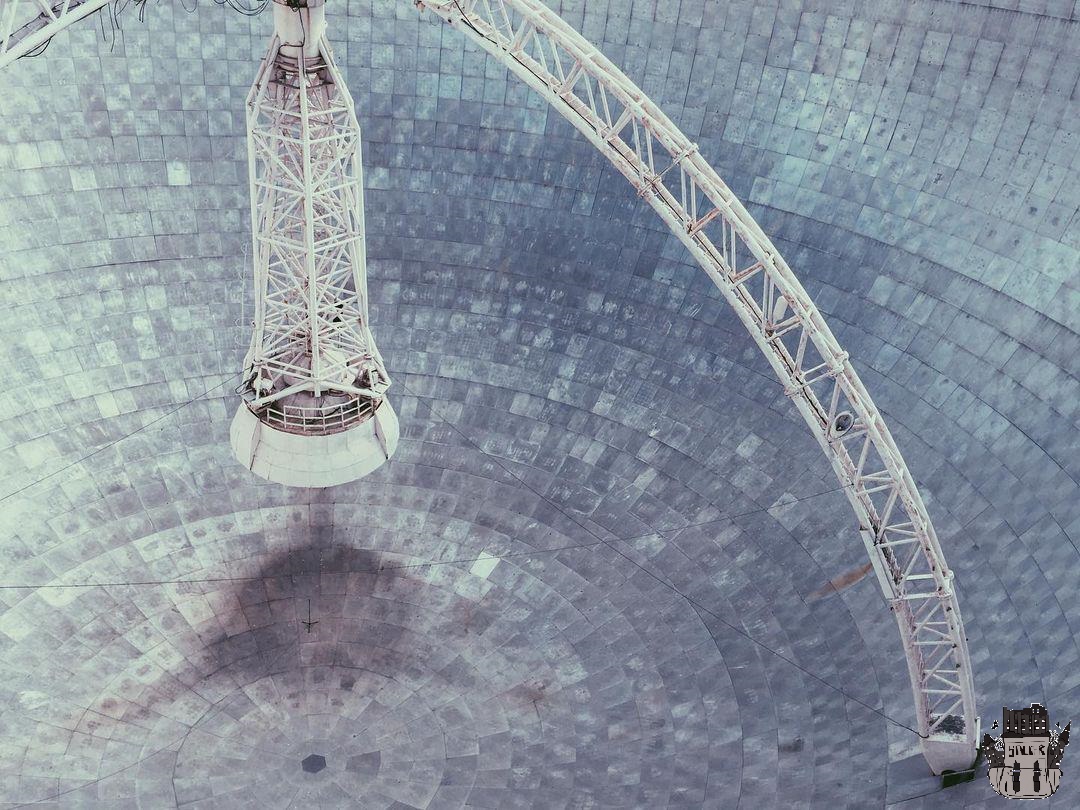The Orgov Radio-Optical Telescope, also known as ROT54 or the Herouni Mirror Radio Telescope, stands proudly in Orgov, Armenia. This remarkable radio telescope was constructed over a decade, from 1975 to 1985, and commenced its operations in 1986 until 1990, when its use was temporarily halted. After a period of inactivity, it was once again operational until 2012. Since then, numerous endeavours have been made to restore and reactivate the ROT54.
Acknowledging its historical and cultural significance, the telescope was officially registered as an Armenian monument of great importance in 2002.
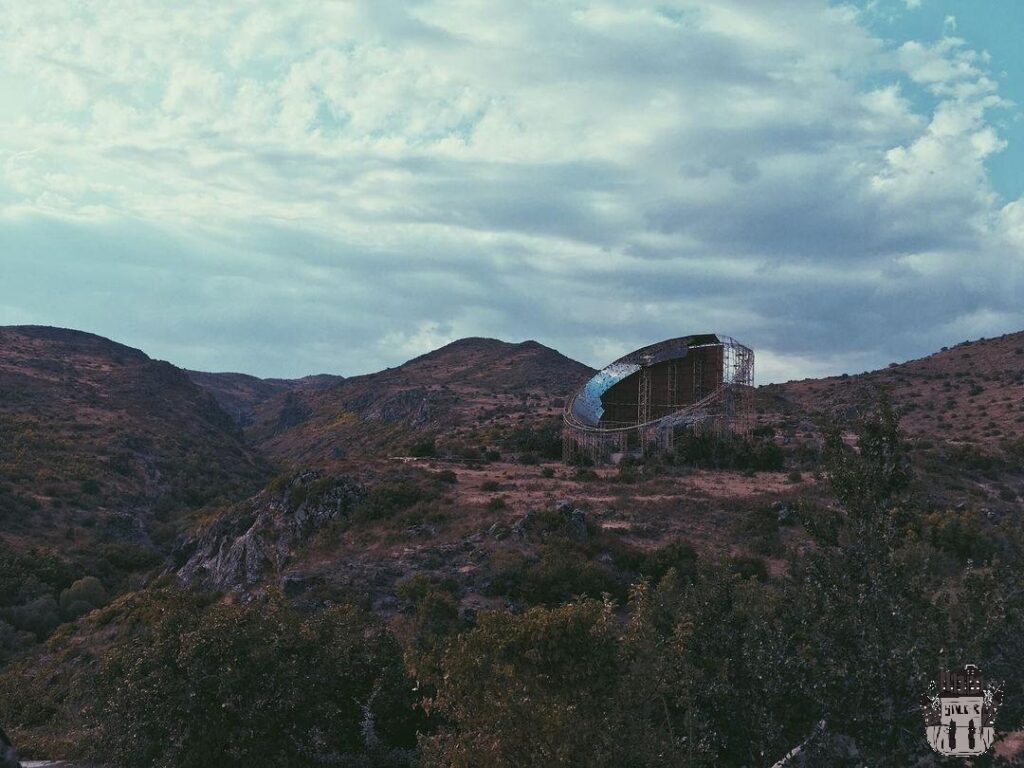
Mount Aragats
Perched at the RRI Aragats Scientific Centre in Orgov, Armenia, the telescope sits atop Mount Aragats at an elevation of 1,711 meters.
Featuring a sizable hemispherical structure, the radio telescope boasts a diameter of 54 meters (177 feet). It is firmly anchored to the ground and incorporates a movable secondary mirror, measuring 5 meters (16 feet) in diameter. Consequently, the valuable diameter for observation amounts to 32 meters (105 feet). With a surface accuracy of approximately 70/100 μm, the telescope operates within the wavelength range of 30 to 3mm (10 to 100 GHz), originally designed to observe down to 1 mm (300 GHz).
Additionally, the optical telescope of the ROT54 boasts a 2.6-meter (8.5 feet) mirror and a focal length of 10 meters (33 feet).
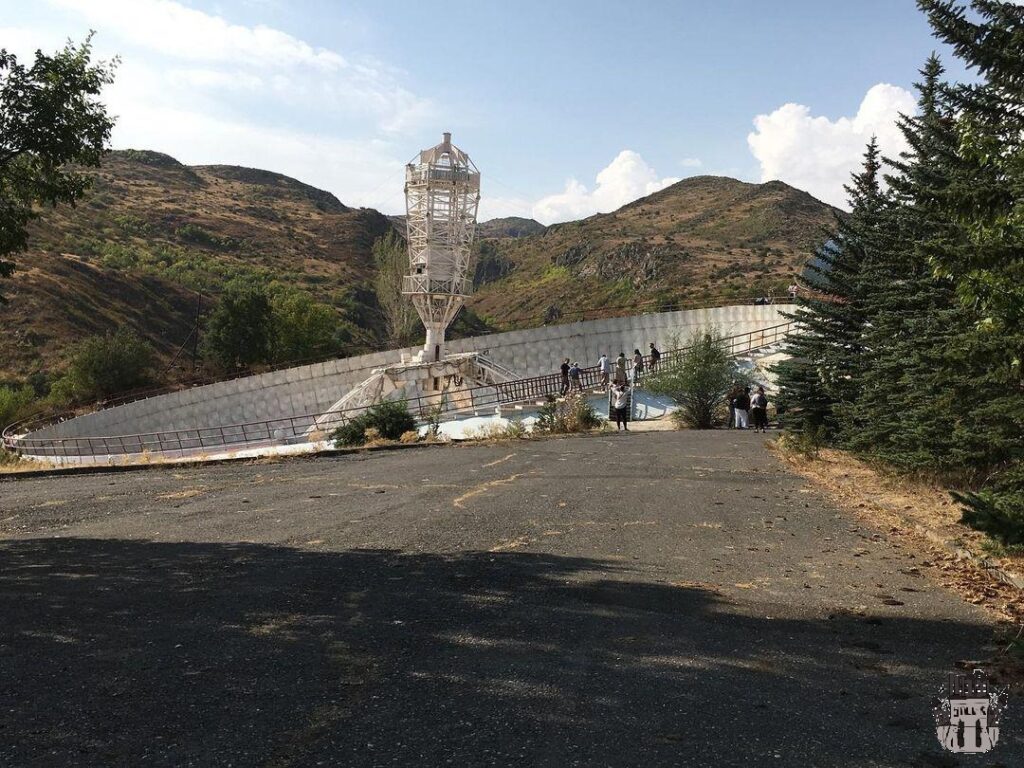
Development
The origins of the ROT54 trace back to 1964 when Paris Herouni proposed the idea to Sergei Korolev. Given Korolev’s approval, the project commenced, albeit with some delays, in 1975. Construction efforts were particularly active from 1981 to 1985.
The telescope’s construction required significant groundwork. On the slope of Mount Aragats, demolitions took place to create a pit for the dish. Subsequently, 3600 flat metal panels were installed in the hole, forming the telescope’s mirror. Each panel, made of high-strength alloys of aluminium with copper, magnesium, and manganese, measures approximately one square meter in size. Achieving the required surface uniformity for receiving radio waves in the millimetre and sub-millimetre ranges proved to be a challenging technical feat. With meticulous craftsmanship, each panel was hand-moulded and precision-finished within a tolerance of 70 microns.
The telescope finally became operational in 1986. In the same year, Paris Heruni was granted patent number 1377941 for the “Mirror Radio Telescope Heruni,” and the remaining infrastructure was completed in 1987.
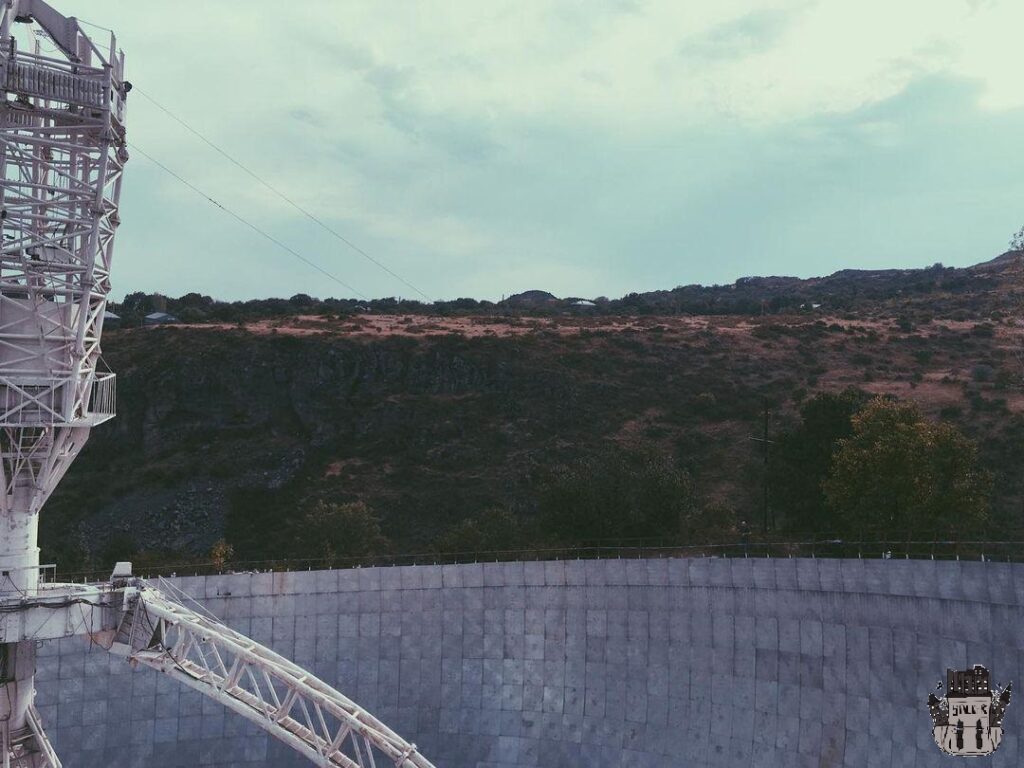
Operations and Observations
The ROT54 was active for observations between 1987 and 1990. During this period, it recorded the explosion of a red giant, the twin star of the Gemini constellation. Numerous scientific articles were published in journals of the USSR and internationally, and conference reports were presented.
The telescope withstood the 1988 Armenian earthquake without damage.
Decommission and Restoration Attempts
Around 1990, the telescope’s operations ceased. However, in the mid-1990s, proposals for its restoration emerged. Between 1995 and 2010, significant modernization efforts took place, introducing new control computers and feeds for observations. Collaborations with the Astronomical Society of Russia and the National Technical University of Athens led to the resumption of observations.
In 2012, operations of the ROT54 with its 2.6-meter mirror came to a halt when a control arm malfunctioned, immobilizing the secondary mirror. Due to financial constraints, the Armenian state was unable to cover the repair costs, leading to the temporary closure of the research complex. Consequently, more than half of the buildings at the GETSAI site were left vacant.
To reactivate the telescope in the future, extensive upgrades to the control systems are necessary, along with comprehensive adjustments and the replacement of outdated analogue sensors with digital ones. Moreover, modernizing the data processing systems is vital. According to experts, these essential upgrades will require an estimated cost of approximately $25 million.
Preparations for a restoration project began in 2018-2019, aiming to connect the telescope to the European VLBI Network. The implementation of this project was planned to commence in 2019.
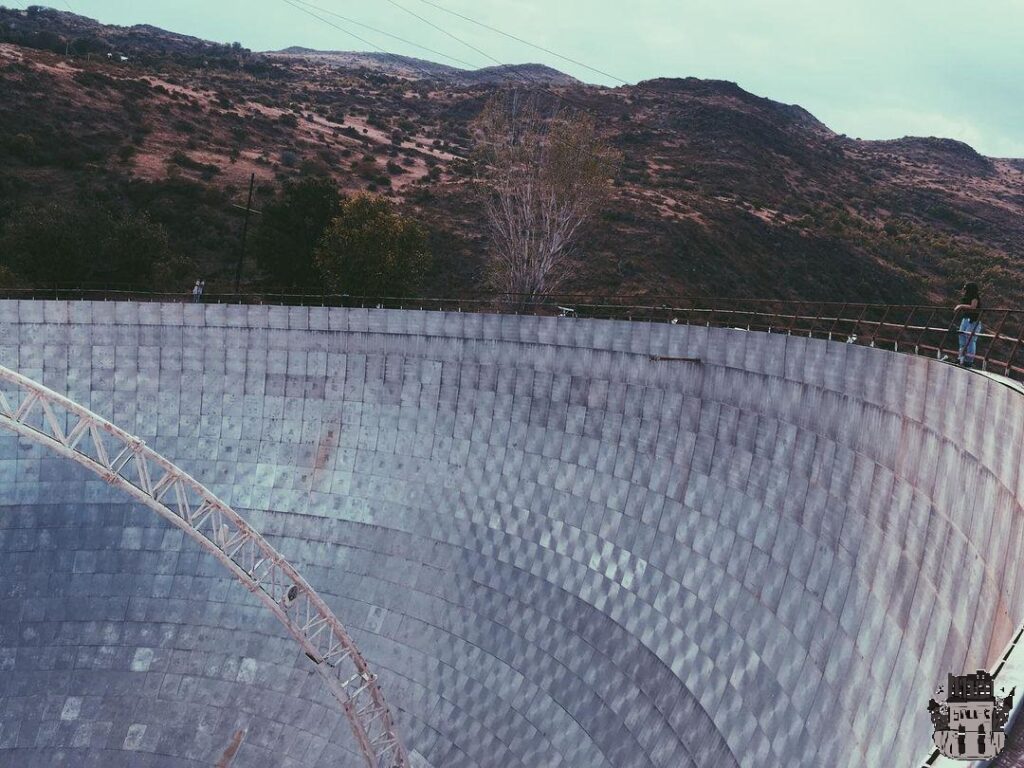
Urbex location:

